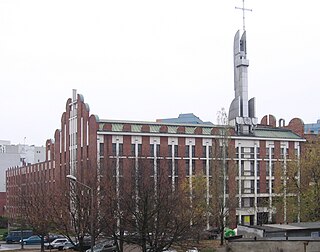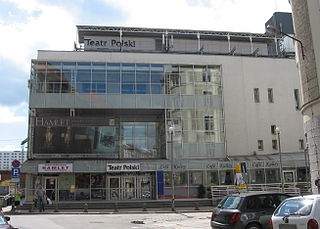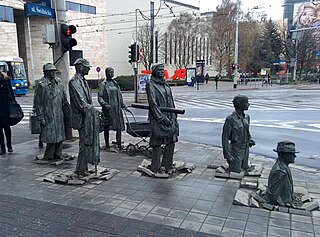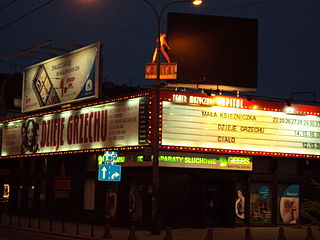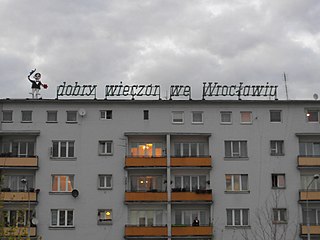Self-guided Sightseeing Tour #6 in Wrocław, Poland
Legend
Tour Facts
1.4 km
19 m
Experience Wrocław in Poland in a whole new way with our free self-guided sightseeing tour. This site not only offers you practical information and insider tips, but also a rich variety of activities and sights you shouldn't miss. Whether you love art and culture, want to explore historical sites or simply want to experience the vibrant atmosphere of a lively city - you'll find everything you need for your personal adventure here.
Individual Sights in WrocławSight 1: Kościół pw. Świętego Ignacego Loyoli
The Church of St. Ignatius of Loyola at Stysia Street in Wrocław's Krzyki district – a Catholic church built together with the accompanying Jesuit monastery in the years 1979–1990 according to the design of architect Zenon Nasterski.
Wikipedia: Kościół św. Ignacego Loyoli we Wrocławiu (PL), Website
Sight 2: Teatr Polski
The Polish Theatre in Wrocław is one of the theatres in Wrocław, Poland. The Polish Theatre in Wrocław has three stages: Small Stage on 28 Świdnicka Street, “Na Świebodzkim” Stage, situated inside Świebodzki railway station's building at 20c Orląt Lwowskich Square, and Jerzy Grzegorzewski Stage located in the Theatre's main building at 3 Zapolska Street.
Sight 3: Monument to the Anonymous Pedestrians
The Monument of the Anonymous Passer-by – a monument in Wrocław, unveiled on the night of 12 to 13 December 2005, consisting of fourteen life-size bronze human figures, standing on both sides of Świdnicka Street in the place where it intersects with Piłsudskiego Street.
Sight 4: Teatr Muzyczny Capitol
Capitol Musical Theatre – a musical theatre founded in Wrocław in 2004, which is a continuation of earlier theatres existing in the same place, such as: Lower Silesian Operetta, Musical Theatre, Wrocław Operetta and Musical Theatre – Wrocław Operetta
Sight 5: Dobry wieczór we Wrocławiu
Good evening in Wrocław – a neon sign located on the roof of a block of flats at 106–114 Piłsudskiego Street in Wrocław. The neon sign is made in the form of a two-and-a-half-metre-tall human figure with a flower in one hand and a tilting hat in the other, as well as the inscription "good evening in Wrocław" on the right.
Share
How likely are you to recommend us?
Disclaimer Please be aware of your surroundings and do not enter private property. We are not liable for any damages that occur during the tours.
GPX-Download For navigation apps and GPS devices you can download the tour as a GPX file.
